Raj Kapoor – The Author of The Film
Raj Kapoor’s place in Hindi and Indian film industry is assured forever basically because of his post-independence work and output. The general feeling is that the period from 1947 – 1960 is probably the period in which his best output came about. No doubt this is largely due to a national consciousness of a new nation guided by an undeclared path of socialism and his cinema of that period contributed to the overall feeling of “we will succeed no matter what”. This mirrored the general feeling at that time and it can be even said that the cinema of that period reflected the newfound optimism of a newly independent nation.
From his theatre background, Raj Kapoor knew that music was a vital component of the Indian film of any language, be it North Indian / Hindi or South Indian. The successes of various Southern productions also pointed out the importance of Music as a whole. Raj Kapoor was one of the few directors of Indian cinema who integrated the song as an essential tool of the overall look and feel of the film and used it to forward the story rather than be a “cigarette/toilet break” for the audience while watching the film in a cinema theatre.
It wouldn’t have been possible if it had not for the magical combination of lyrics, singing, and music, thanks largely to an almost psychic connection between Raj Kapoor and his musical team of Mukesh whom he considered his ghost voice, lyricists Shailendra and Hasrat Jaipuri, Musical Duo Shankar Jaikishan or SJ as they were popularly called.
The RK production in itself was symbolic of all that was Hindi films – grand, musical, and an almost operatic style of film making, sometimes with grand sets and sequences. The most famous of these and something that has passed into cinematic history is the often talked about dream sequence from Awara (1951). “Raju” the pickpocket dreams of a better life with his childhood friend Rita who is now a lawyer. The dream shows him being pulled more and more into the realms of the “dark” world of crime while at the end of the song Rita beckons him into a world of “light”. The complete song sequence is around 11 minutes and here’s the link https://youtu.be/1hmKy7kF0fw.
This is where Raj Kapoor the filmmaker shows that he is the ‘auteur’, the Author of the entire film, and its message of living an honest life, in keeping with all films of those times. The music no doubt reflects this with the mixing of choral, orchestral, solo voices blending in to create an overall effect of a man trapped in the world of crime and wanting to come out. The use of Manna Dey as the voice of Raj Kapoor lends a gravitas to the scene while Raju the “common man” is usually voiced by Mukesh in all the other songs in the film.
“Sar pe laal topi Roosi, phir bhi dil hai Hindustani” spoke of a new nation adopting loosely the tenets of Soviet Union yet remaining Indian at heart and nothing else captured this than the eternal lyrics of Shailendra, the peppy music by Shankar Jaikishan, the easy singing of Mukesh and of course the onscreen Chaplinesque figure of Raj Kapoor as “Raju” the educated man who is searching for a job in an increasingly amoral world. This was of course much later in 1955.
The very title ‘Shree 420’ referring to the Indian Penal Code for cheating/fraud also was a small hint that the dream of free India was probably getting soiled and spoiled by cheats and frauds of various nature. The film’s music also reflected this. From the optimism of “mera joota hai Japaani’ through the cynicism of “Dil ka haal suney dilwala” to the alluring attraction of an easy life with “Mud mudke na dekh mud mud ke”, the songs reflected the story and the vision of the filmmaker Raj Kapoor.
Two more examples of this “fusion” of the director’s vision and his innate understanding of music and what music can do to a story or sequence are given by the below examples. Sangam (1964) has been cited as one of the greatest stories of a love triangle. The three and half-hour film is a true test of anyone’s patience while most other love triangles come to their final conclusion in much less time within two and half hours. This just wouldn’t have been possible if it had not been for the excellent music which is completely well blended into the overall story, not to speak of this being the first in-house RK production being in color. No doubt the song “Dost dost na raha” is the most popular in the overall consciousness of most listeners but the song that precedes all these is the “triangular song” “Har dil jo pyaar karega woh gaana gaayega”. The song is a “party song/ piano song” so popular as a device in the 1950s and 1960s wherein some key event of the story happens. In this case, the song is “pre-interval” wherein the three characters in the triangle each state their philosophy of life. Mukesh is boisterous for Raj Kapoor who is chasing the heroine and who thinks only he has “rights” over her. Lata Mangeshkar’s subdued singing brings forth the inner feelings of a woman chased by one man while she likes another, the silent Rajendra Kumar, voiced by Mahendra Kapoor who talks about “everyone having their say while this heart is silent”. The song is often ignored in favor of the bigger hits but this is a clear example of the fusion of scene and the song which actually states something about the story.
The other example is from “Mera Naam Joker”. Once again this is not a famous song as compared to “Ai bhai zara dekhke chalo” or “Jaane kahan gaye woh din”, “Jeena yahan marna yahan”. This is a rare Mohammed Rafi solo for Raj Kapoor in RK productions. (There have been other Rafi solos for RK in non-RK productions films). This is in the third section of the film when Raju discovers that “Meenu Ustad” is really “Meena” and together they form a partnership that goes from street theatre to drama after which she climbs the heights of stardom.
On stage, it’s about Ranjha beseeching Heer about what has happened and how no one should suffer the pain of separation from one’s love. However, it’s also about Raju beseeching Meena not to leave him as the end result would be no different to him than a Ranjha being left by a Heer which in Raju’s eyes is a betrayal of the very basis of their love. Though very small – hardly two and half minutes – the integration of this “dramatic” song, also states what’s happening to the central characters Raju and Meena, while they are enacting Heer and Ranjha onstage, a brilliant example of RK’s overall vision. A story within a story articulated onscreen by the killer combination of Mohammed Rafi and SJ while in this case, the lyricist is Prem Dhawan.
As a director, the list of Raj Kapoor’s films are too small but all of them have memorable music. Below are his films as director; you can immediately think of one song but surely all of them have major hit music but in each case, one famous song is mentioned
- Aag (1948) – Zinda hoon is taraj ke ghamey zindagi nahin https://youtu.be/ro6xp09uEy4
- Barsaat (1949) – Jiya bekaraar hai chaayi bahaar hai https://youtu.be/ITcUo3yDLd8
- Awara (1951) – Awara hoon https://youtu.be/VY1pWTek2sY
- Shree 420 (1955) – Pyar hua ikraar hua https://youtu.be/oXLzfldeDcM
- Sangam (1964) – Dost dost na raha https://youtu.be/PY5AMJtMY3A
- Mera Naam Joker (1970) – Jeena yahan marna yahan https://youtu.be/sI7WLg21i80
- Bobby (1973) – Hum tum ek kamrey me https://youtu.be/tBJj-3sgcd0
- Satyam Shivam Sundaram (1978) – Satyam Shivam Sundaram https://youtu.be/BdU3qP5EYoY
- Prem Rog (1982) – Meri qismat me tu nahin shayad https://youtu.be/7VPrRirnFgc
- Ram Teri Ganga Maili (1985) – Sun sayba sun https://youtu.be/0w5b1igFc7E
His films as producers also reflected a social consciousness in the 1950s such as Boot Polish, Jagte Raho while he went entertainer with full vengeance in the 1970s and 1980s. Boot Polish was about street children wanting to make an honest living as depicted in the song Nanhe munney bachey teri muthi me kya hai – https://youtu.be/jSNFQmNagE0
While Jagte raho showed the avarice of the city and its inhabitants through the eyes of a poor farmer who had migrated to the city in search of better prospects through the song Zindagi khwab hai – https://youtu.be/soU-Sp8FL-4
Outside his “home productions” too his films had great music but that’s a topic for another day and another time.


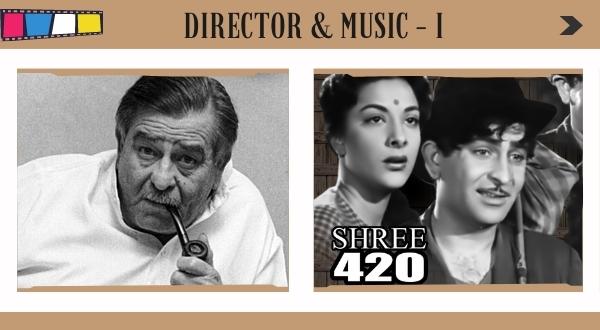
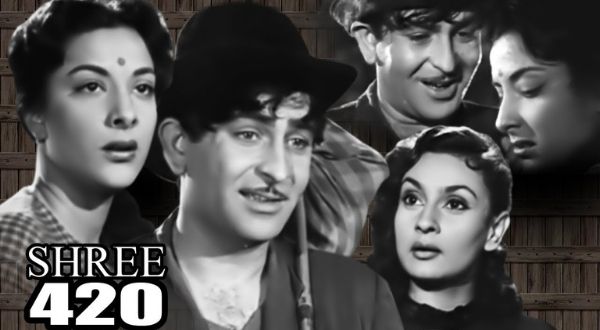
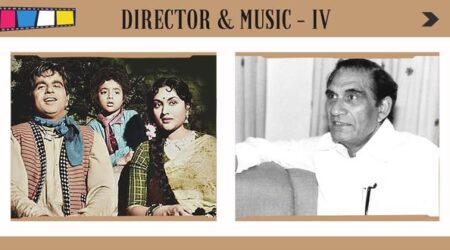

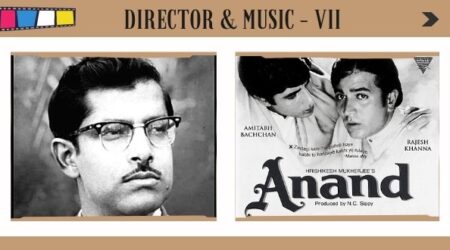
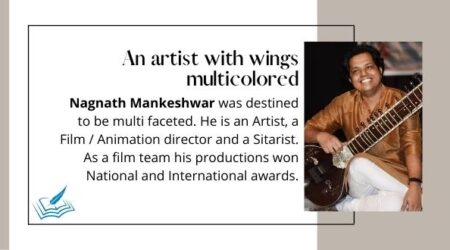
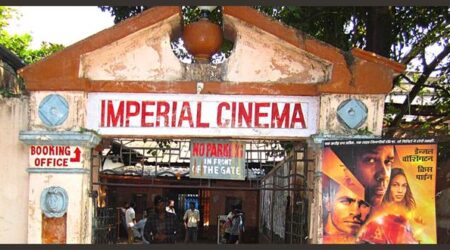
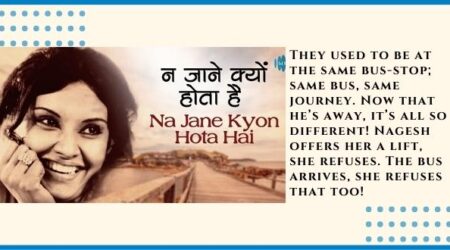

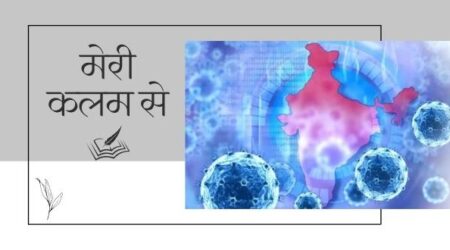
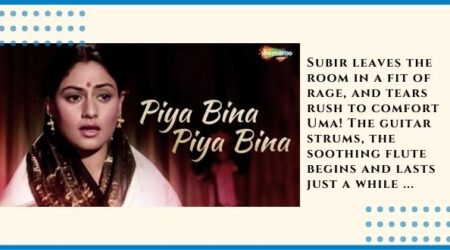
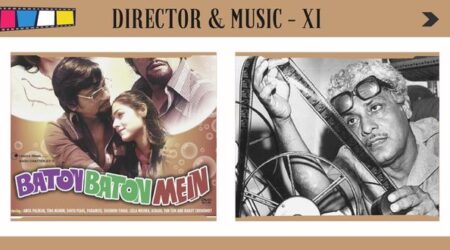

Comments (6)
Beautifully threaded the work of Raj kapoor sahab to whom we all admire. His movies, the lyrics & the compositions are still unmatchable.
Excellent writing! So well researched.
Good to read, well researched
Salute to Research, and information shared
Very well described the actual generous of the greatest Showman of the hindi film industry,,Great Rajkapoor. He had clear vision of what message he wants to depict the world. Only actor, producer who was most loved in not only India but to the foreign countries. His innocent facial expressions speak lot.
Love you Rajsaab..
Outstanding opening
[…] In 1938, Dada became a scriptwriter and director. In later years, he also became a producer. On Raj Kapoor’s advice, Bhagwan Dada dabbled in a social theme for his movie for the first time. He himself had […]